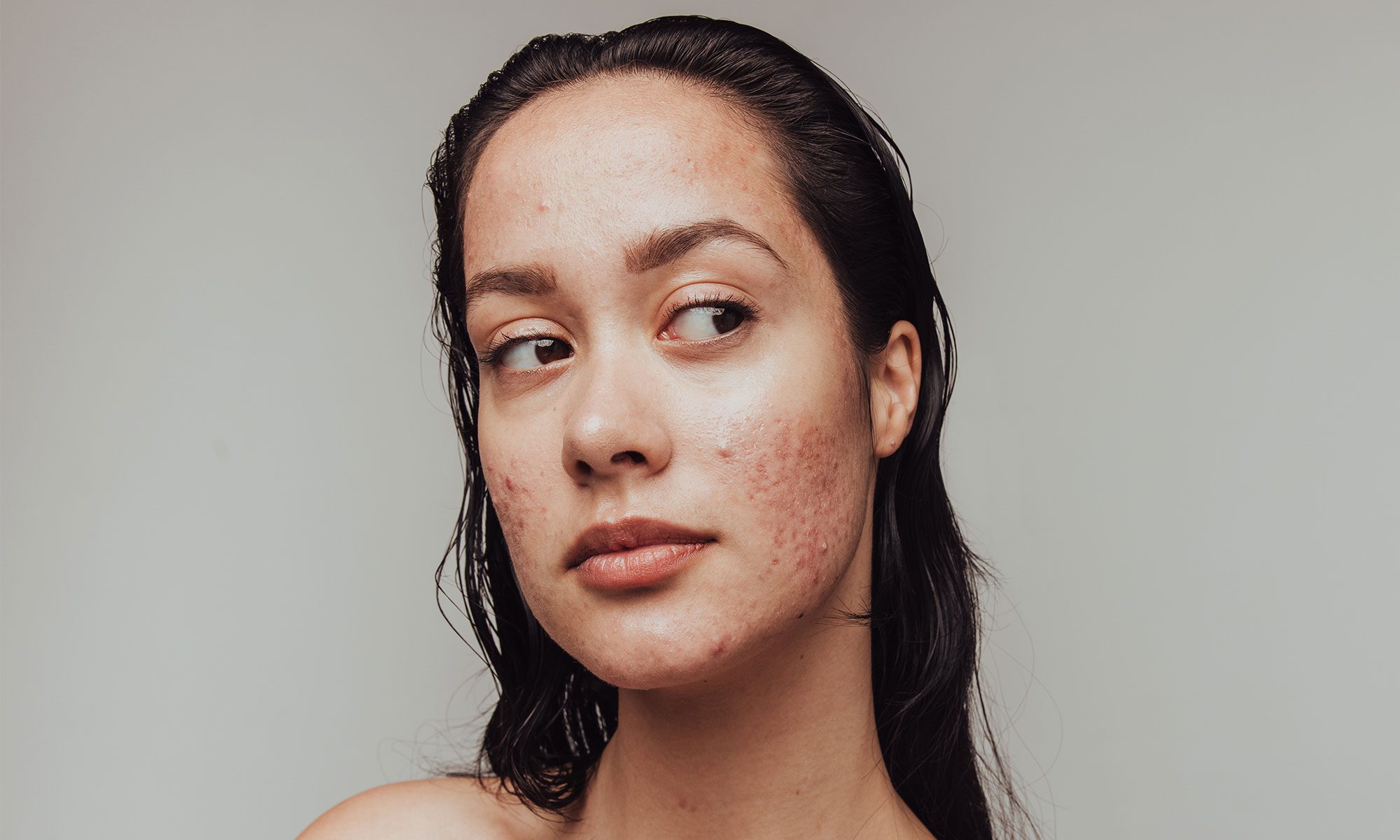Acne scars can often be a frustrating reminder of past skin struggles, impacting not only our physical appearance but also our self-confidence. However, the good news is that there are effective ways to reduce the appearance of acne scars and restore a smoother, more even complexion. Whether you’re dealing with shallow depressions, dark spots, or raised scars, understanding the available treatment options and adopting a consistent skincare routine can make a significant difference to erase acne scars and achieving clearer, healthier skin.
Acne scars result from the skin’s natural healing process after severe or chronic acne breakouts. The type and severity of scars can vary, including ice pick scars, boxcar scars, rolling scars, and hyperpigmentation. While it may not be possible to completely eliminate all types of acne scars, several techniques and treatments can help minimize their visibility and improve overall skin texture. From topical skincare products and professional procedures to natural remedies and lifestyle adjustments, a comprehensive approach can yield noticeable results and restore confidence in your complexion. In this article, we will explore various strategies and expert insights on reducing acne scars, empowering you to take control of your skin’s journey toward a smoother, more radiant appearance.
It is always worth trying to prevent the acne scars first with natural remedies and gentle creams and patiently stick to the daily cleaning routine. Facial scars can be embarrassing- some of them can’t be covered up using makeup, and for men concealer and foundation may not be an option for hiding acne scars. Luckily, advances in cosmetic procedures have improved so much that effectively treating scars is affordable and readily available.
How Acne Scars Form
Acne scars form as a result of the skin’s healing process following severe or chronic acne breakouts. When the skin experiences a breakout, the underlying inflammation and damage can disrupt the normal production of collagen, which is a protein responsible for maintaining the skin’s structure and elasticity. The way acne scars form can vary depending on the type and severity of acne lesions.
- Ice Pick Scars: These scars are characterized by deep, narrow pits that extend into the skin. They form when inflamed acne lesions, such as cysts or nodules, damage the deeper layers of the skin, leading to the formation of small, pitted scars.
- Boxcar Scars: Boxcar scars appear as broad depressions with well-defined edges. They typically result from inflammatory acne, causing a loss of collagen in the affected area. The skin takes on a pitted or box-like appearance due to the depressed nature of the scar.
- Rolling Scars: Rolling scars are broad depressions with a rolling or wave-like texture. They form when bands of scar tissue develop beneath the skin, pulling the skin downward and creating a wavy appearance.
- Hyperpigmentation: Although not technically scars, hyperpigmentation refers to dark spots or patches that appear after acne breakouts. These spots occur due to an increase in melanin production in response to inflammation. They can take several months to fade on their own.
It’s important to note that not everyone who experiences acne will develop scars. Factors such as the severity and duration of acne, individual skin type, genetics, and skincare practices can influence the likelihood and severity of scarring. Prompt and effective treatment of acne can help minimize the risk of scarring.
Reversing the Damage
Luckily much of this can be undone through cosmetic assistance, and one popular treatment is microdermabrasion. It’s a topical treatment that’s also helpful in reducing the appearance of wrinkles and other inconsistencies in the skin. It works through exfoliation, removing discoloured and poorly textured skin cells from the top layers, leaving fresh, health skin cells behind.
There are many exfoliators available to consumers, including over the counter products available at drug stores.
The problem with these products is the uneven application to the skin where a handful of scrubbing agents are meant to exfoliate the entire area of your face. If you were to truly exfoliate your face with these plastic materials, you would have to spend a good portion of your day meticulously treating every square inch of your face.
With these products, you lack the fine control to either go deep enough or prevent yourself from leaving irreparable scratches in your skin. Luckily, due to environmental concerns, products with microscrubbers are gradually being removed from the market so the plastic doesn’t end up in our lakes and rivers.
Microdermabrasion uses fine crystals for greater control over how deeply we penetrate the skin. The finer the crystal, the smoother the polish, which is an idea borrowed from polishing glass.
Using the Diamond Tome Wand, we can achieve an even finish over the entire face. The darkened skin that sits atop the acne scar will be removed from exfoliation, while pits created from the excess collagen will seem less deep as the surround “hills” are flattened from polishing.
Avoid the Sun to Promote Healing
Exposing scars to the sun both darkens wounds and slows the healing process. In general, if you would like to avoid scarring, stay out of the sun for best results. Immediately after the microdermabrasion treatment, you should also refrain from sunbathing. Wearing a hat in the summer will go a long way to making the most out of the exfoliation. Applying sunscreen and simply avoiding outdoor activities for a few days should do the trick.
Author Bio:
I am Kelly Brown, a medical student currently working as an intern in McLean Clinic at Ontario. It has been my greatest dream and a wish made over the shooting star to be a doctor someday and I can’t explain my joy as I am getting closer to achieving my goal. I love the way plastic surgery transforms a person into something that he/she has been wishing to be like. I have a long way to go in getting hold of the subject in a more profound context.








